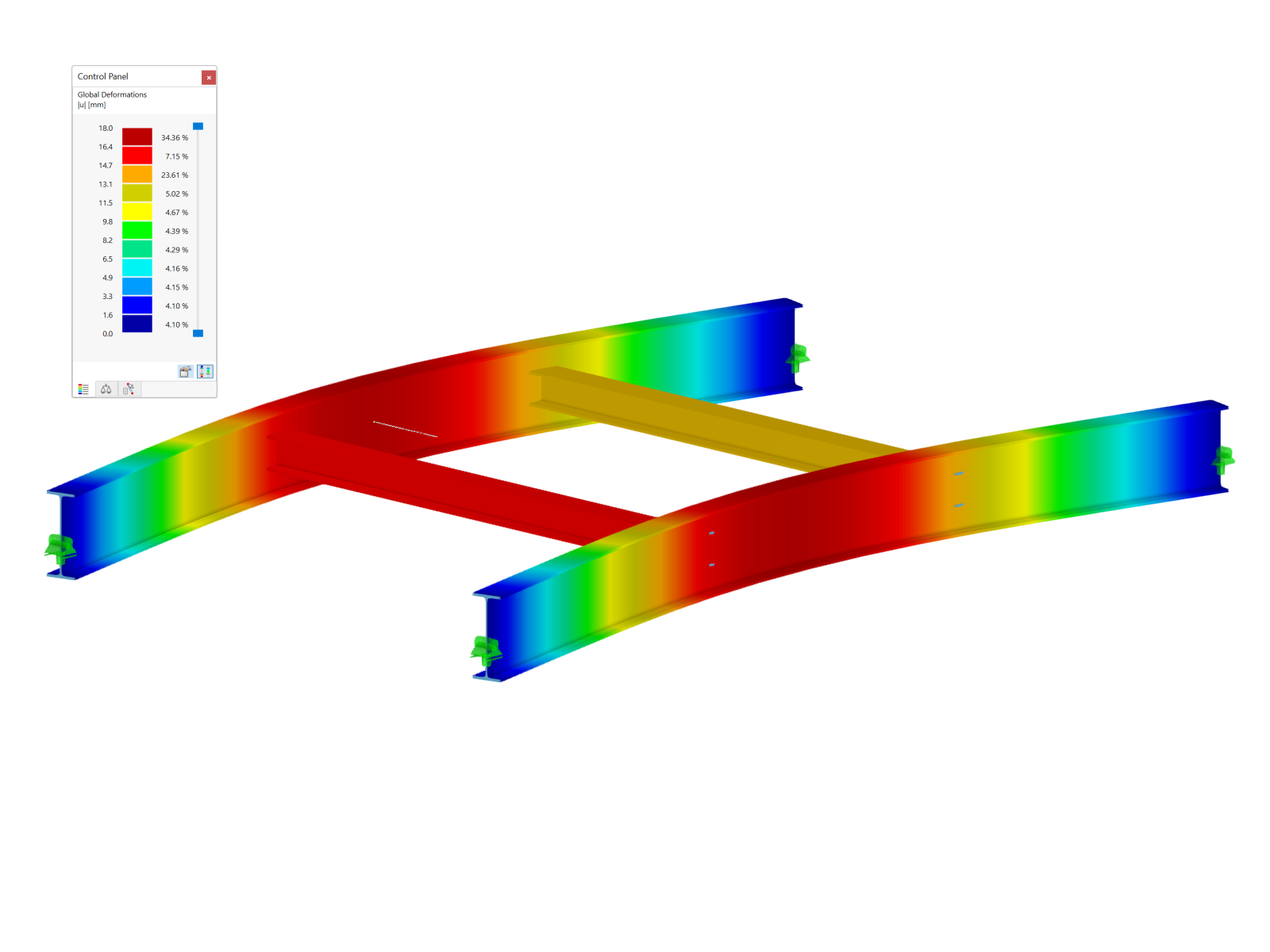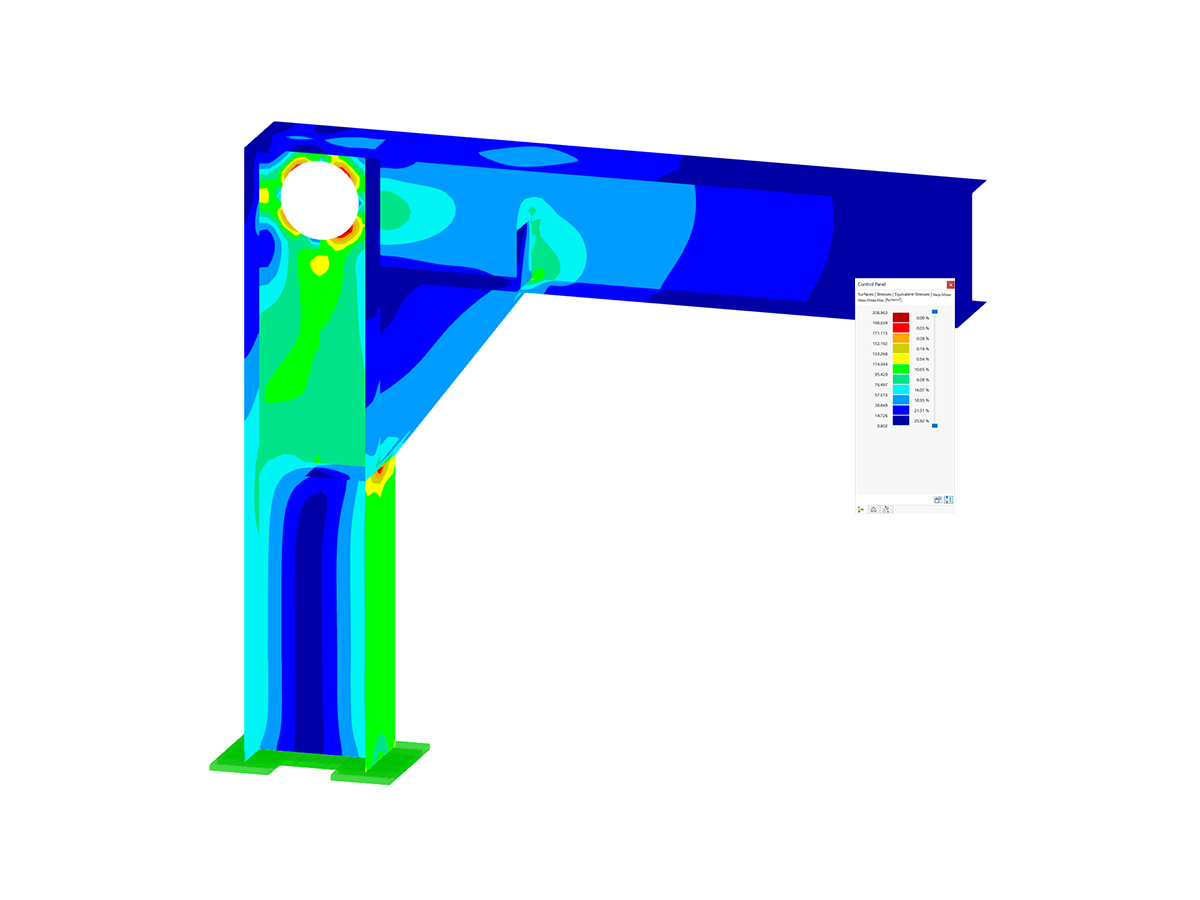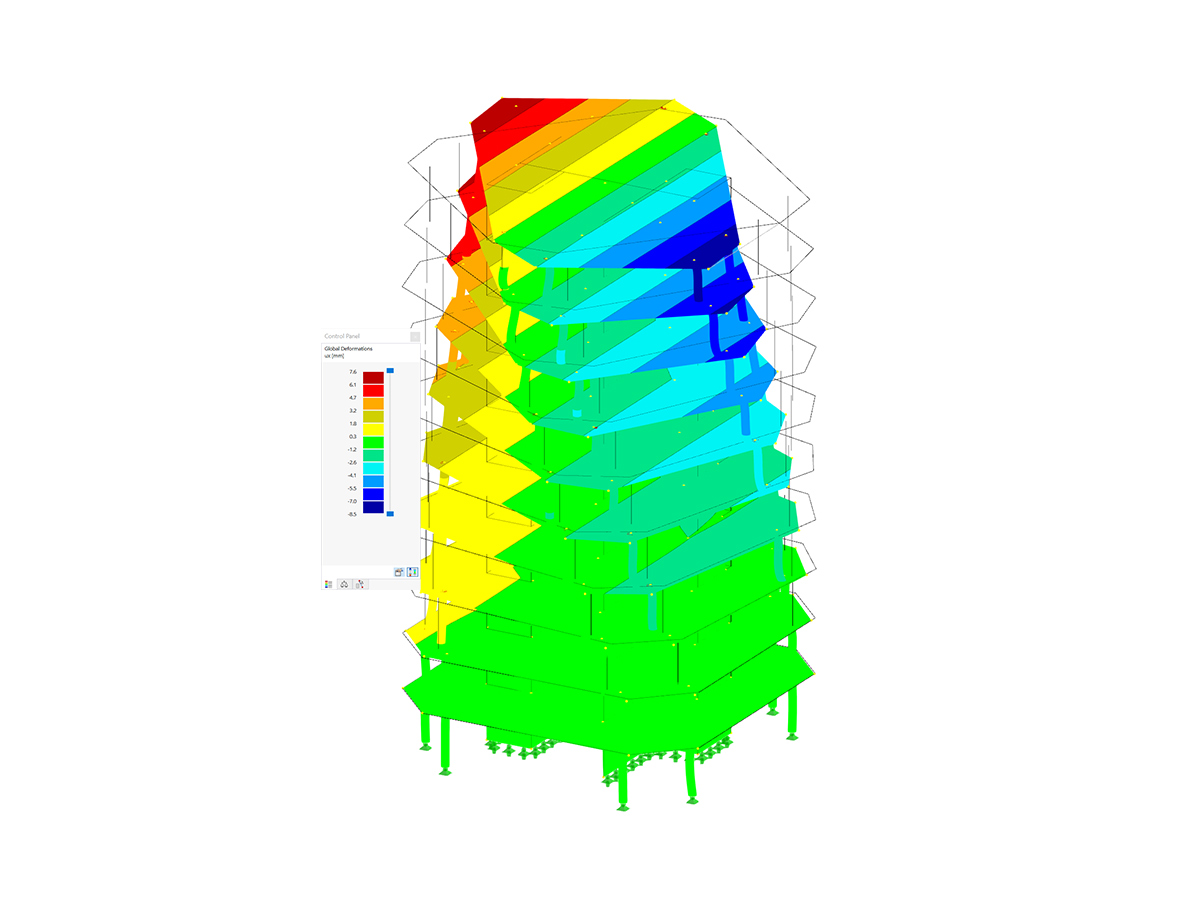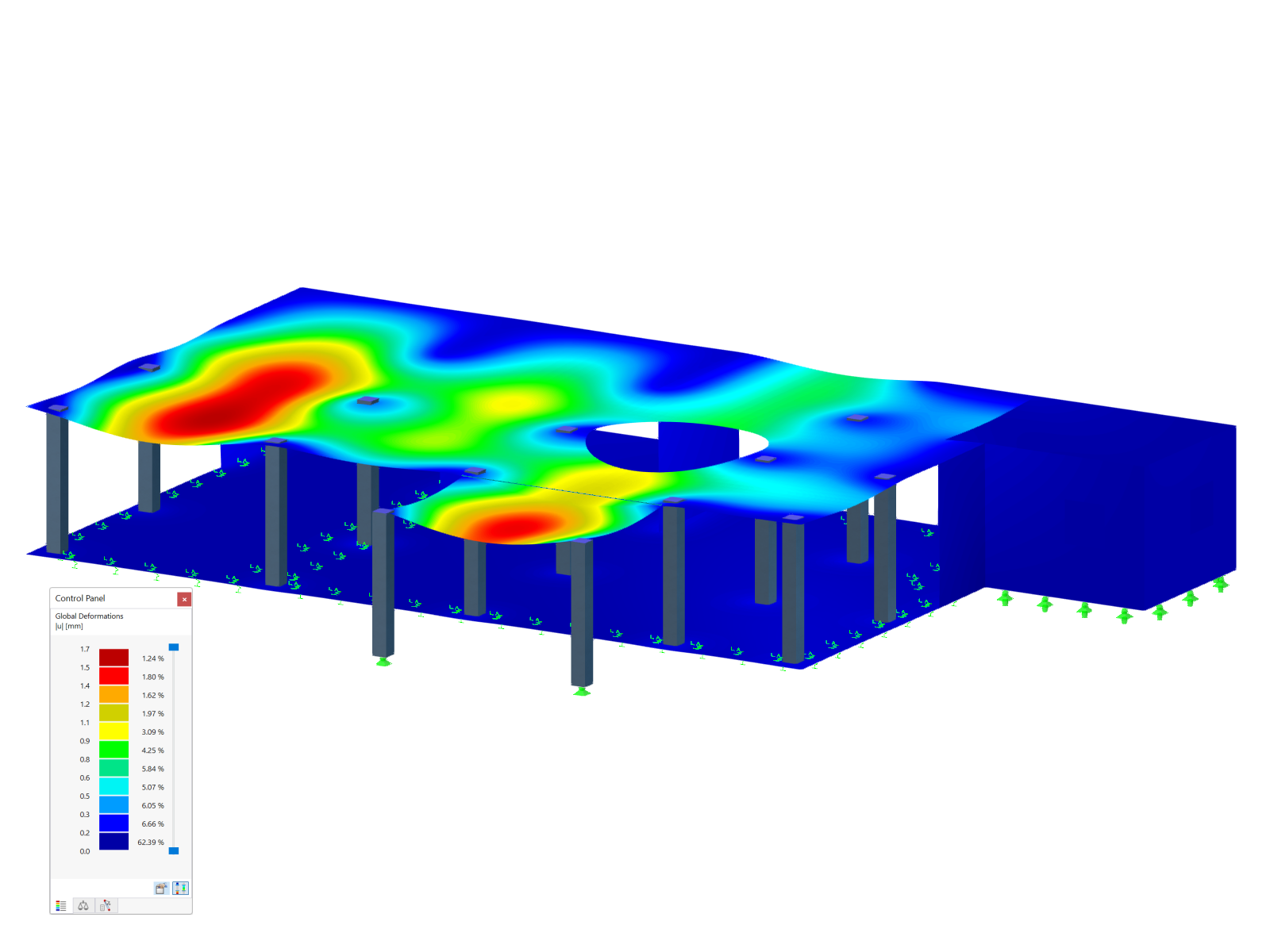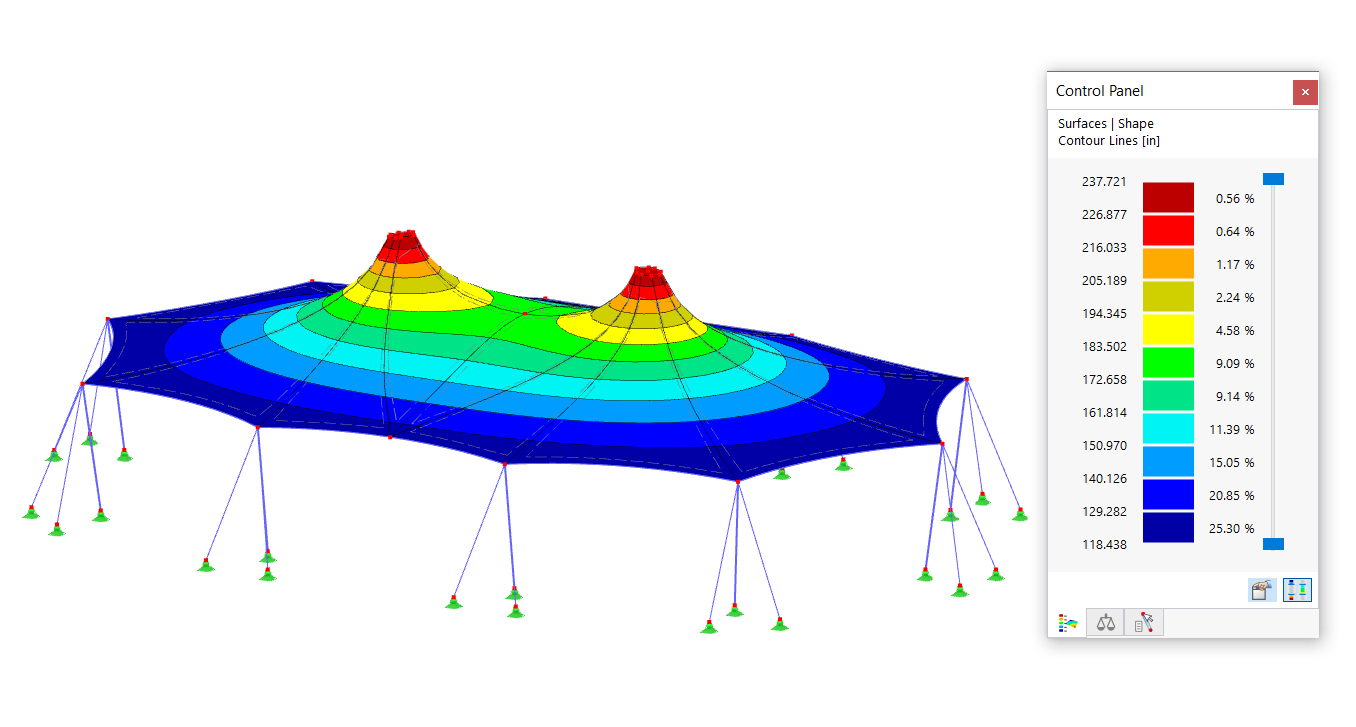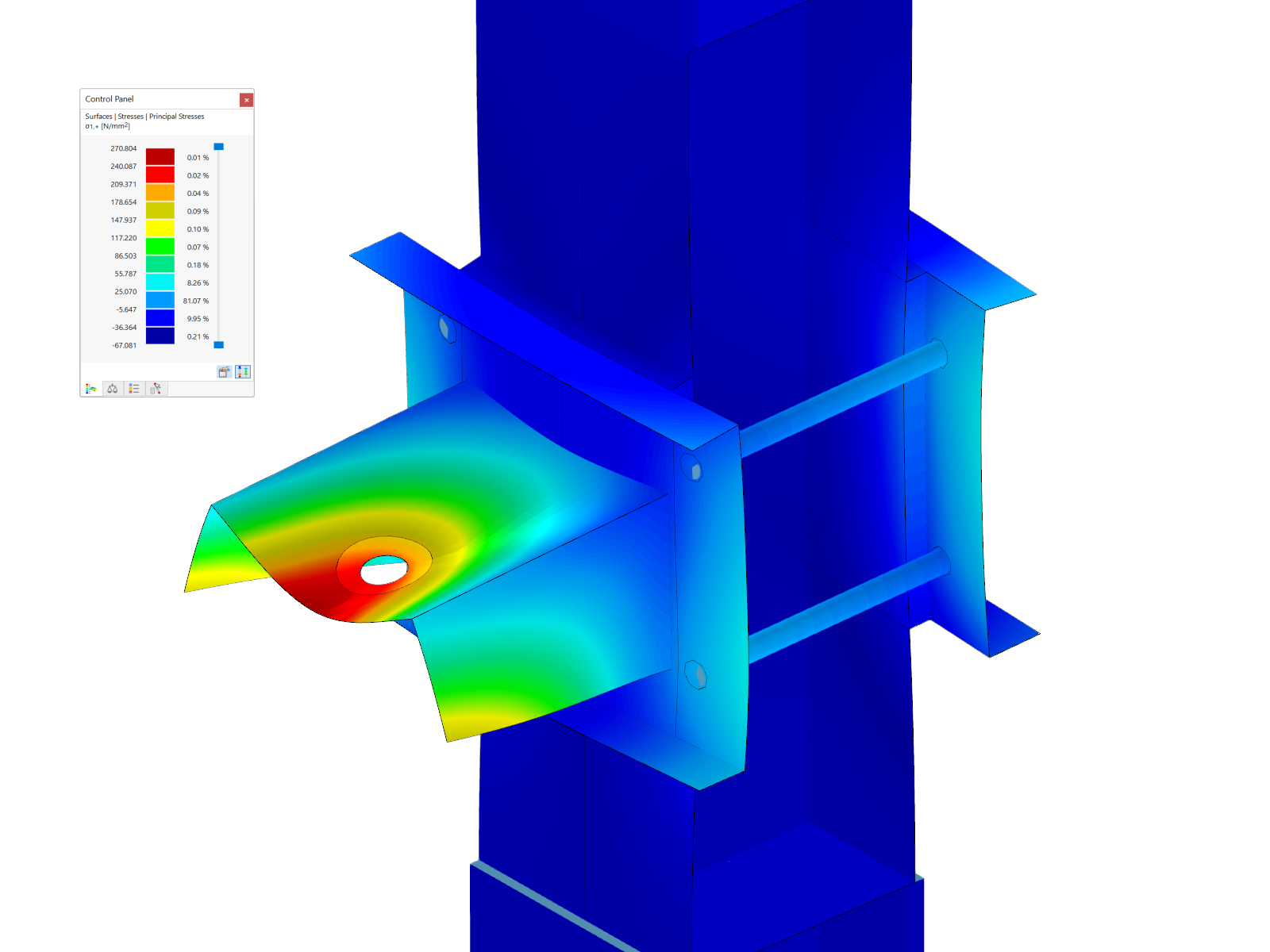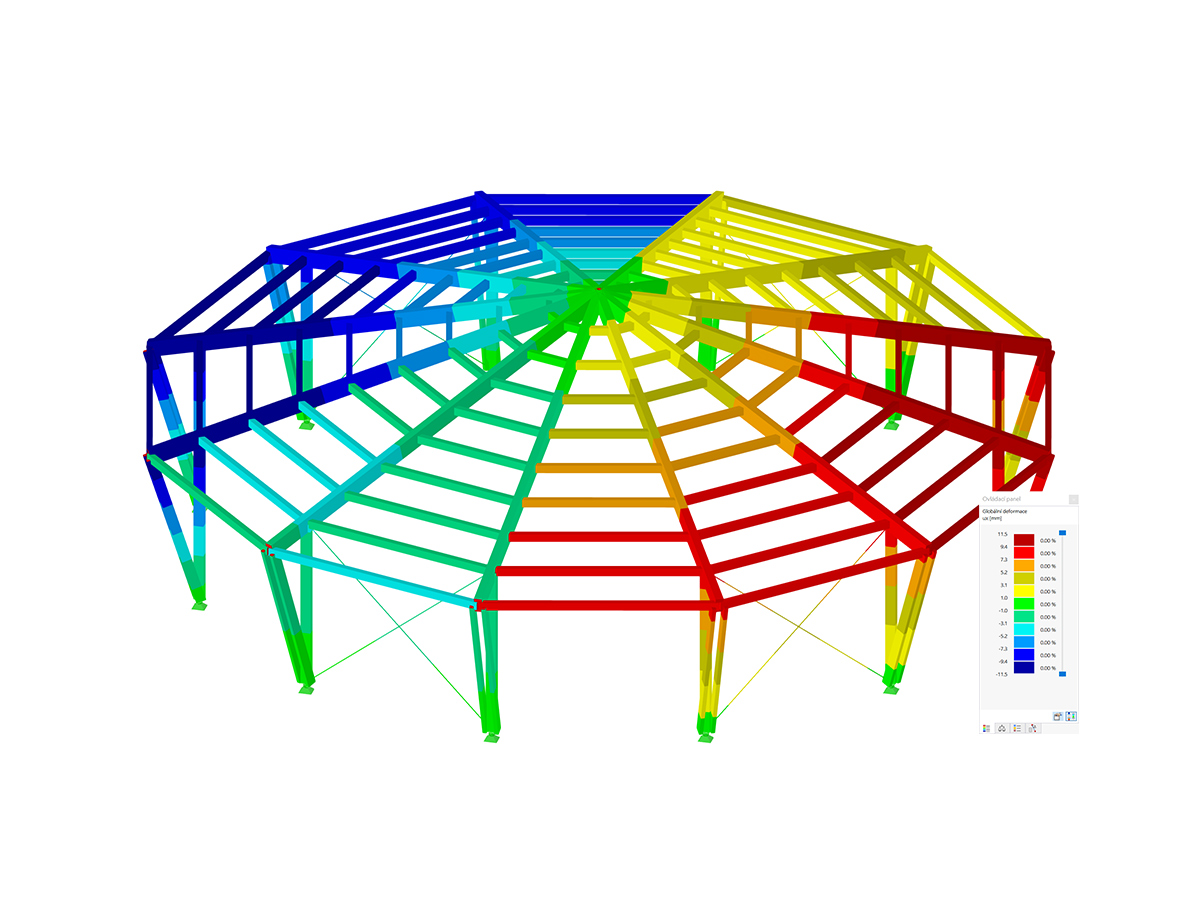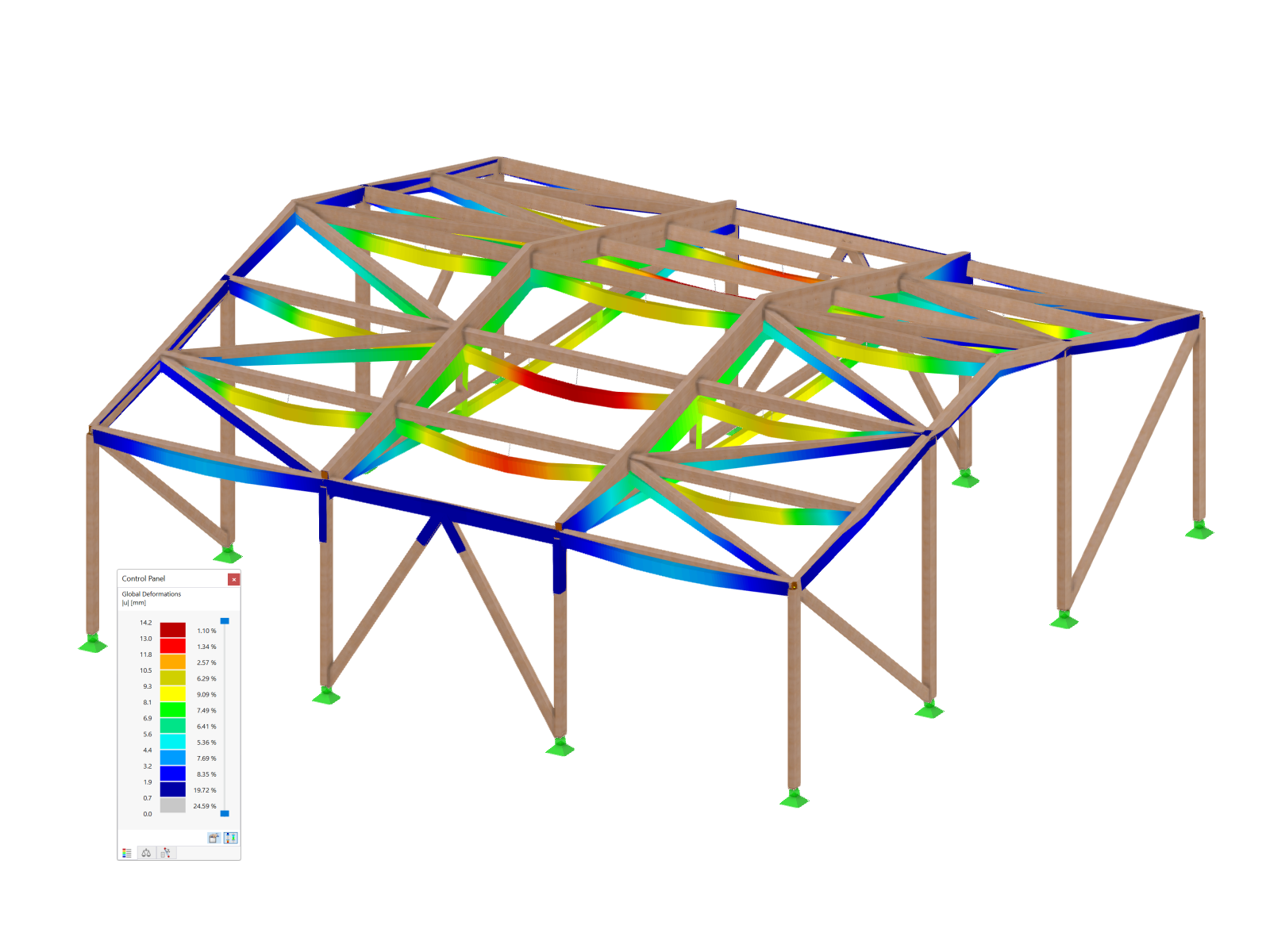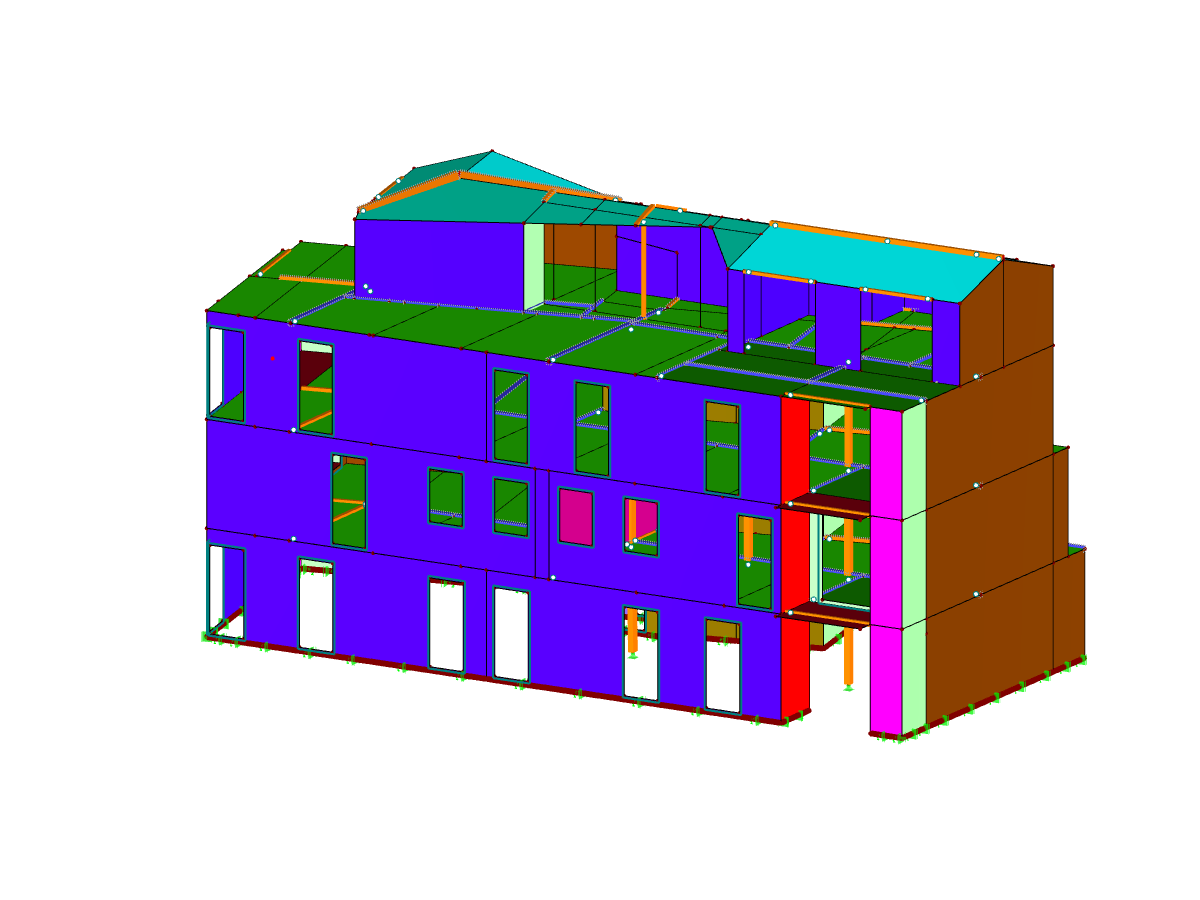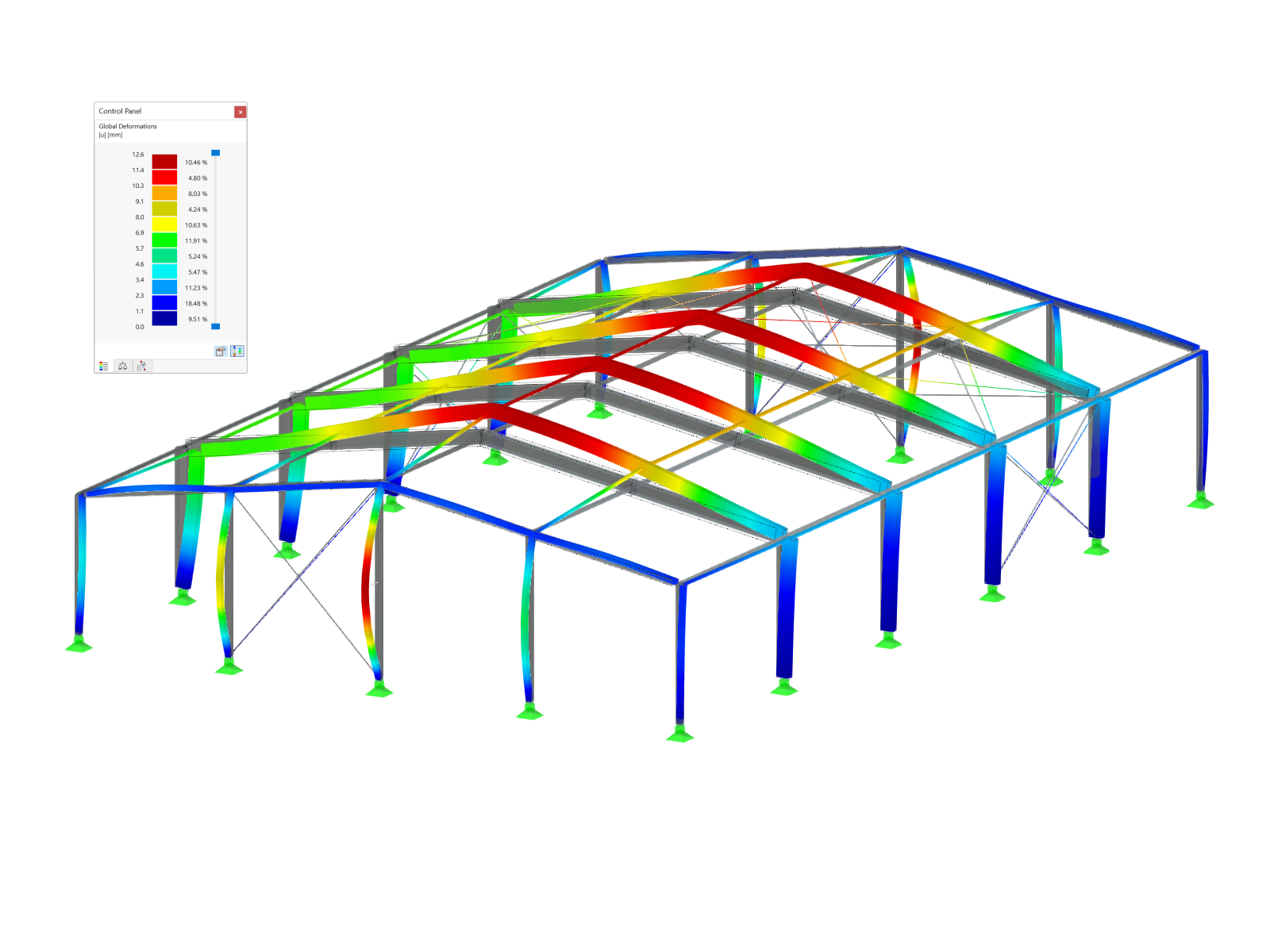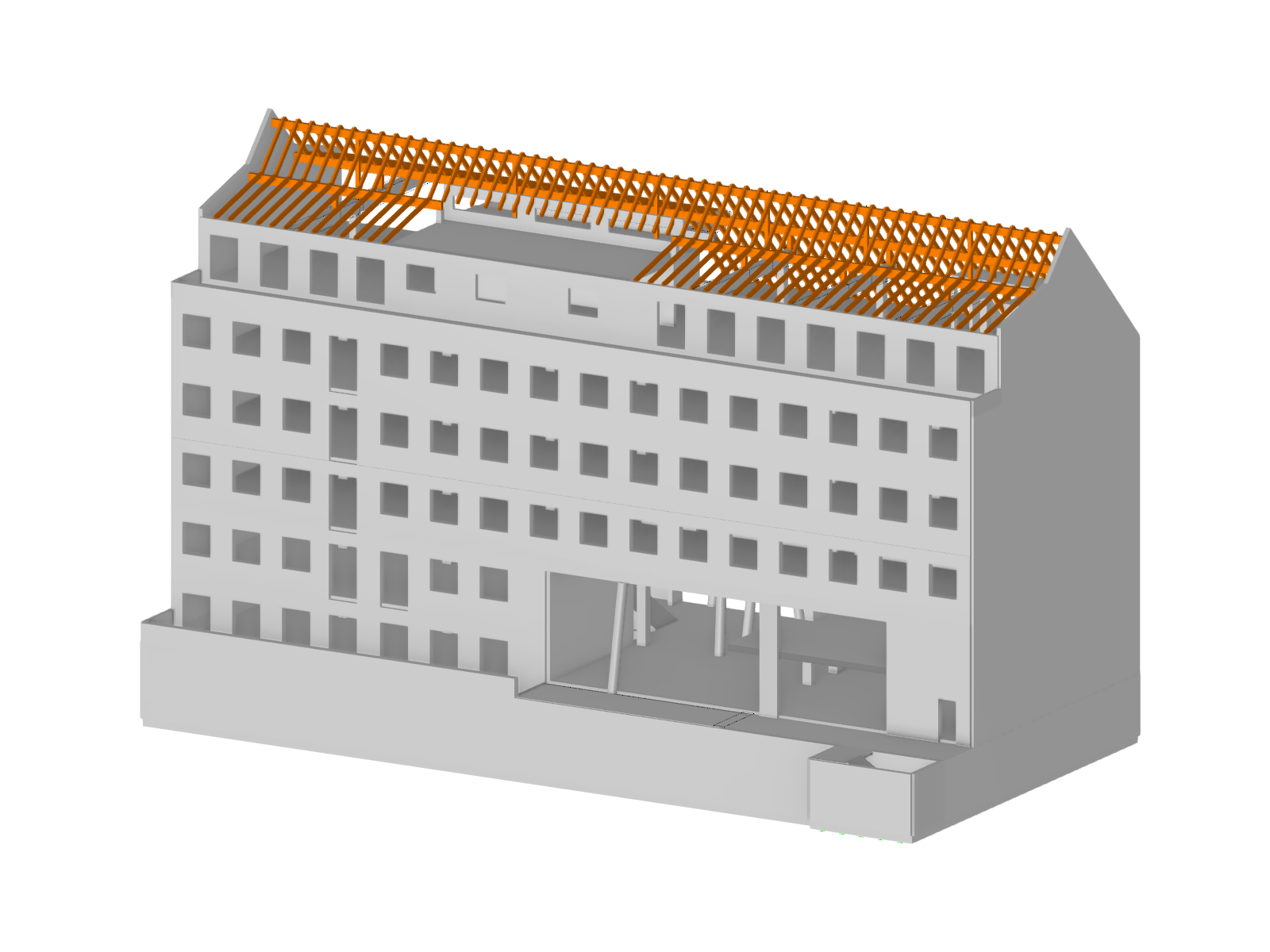The model presents a plate structure, a structural system that consists entirely of plates. The graphical display provides a precise visualization of the essential elements of the plate structure, including material and connection properties. The provided image shows a technical display of the surface systems with recognizable detail structures and connection mechanisms. This model is ideal for simulating and analyzing plate structures in practical applications. It supports the user in the analysis and optimization of plate structures.
| 5 star | ||
| 4 star | ||
| 3 star | ||
| 2 star | ||
| 1 star |
Structural Analysis of Slab Structure
| Number of Nodes | 4 |
| Number of Lines | 4 |
| Number of Surfaces | 1 |
| Number of Load Cases | 1 |
| Total Weight | 12,600 t |
| Dimensions (Metric) | 4.000 x 7.000 x 0.000 m |
| Dimensions (Imperial) | 13.12 x 22.97 x 0 feet |
| Program Version | 5.24.02 |
You can download this structural model to use it for training purposes or for your projects. However, we do not assume any guarantee or liability for the accuracy or completeness of the model.

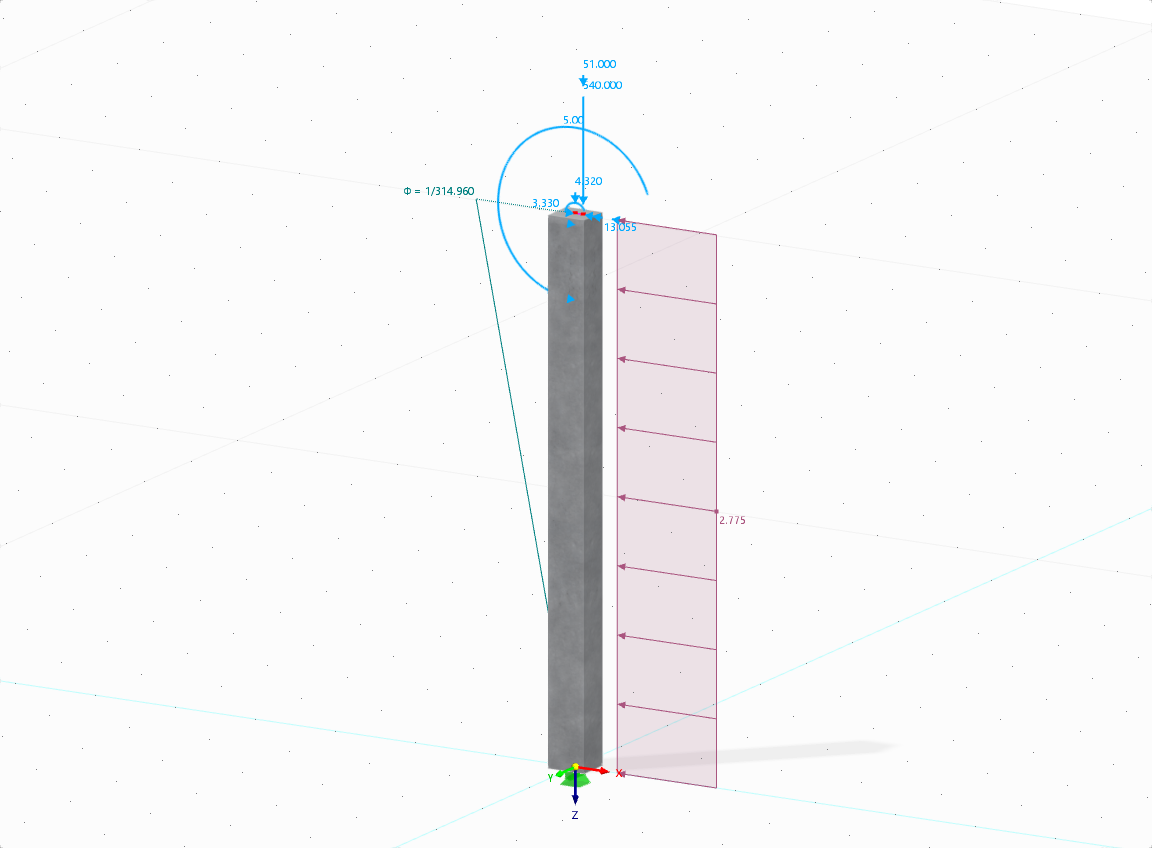
The aim of this technical article is to perform a design according to the general design method of Eurocode 2, using the example of a slender reinforced concrete column.

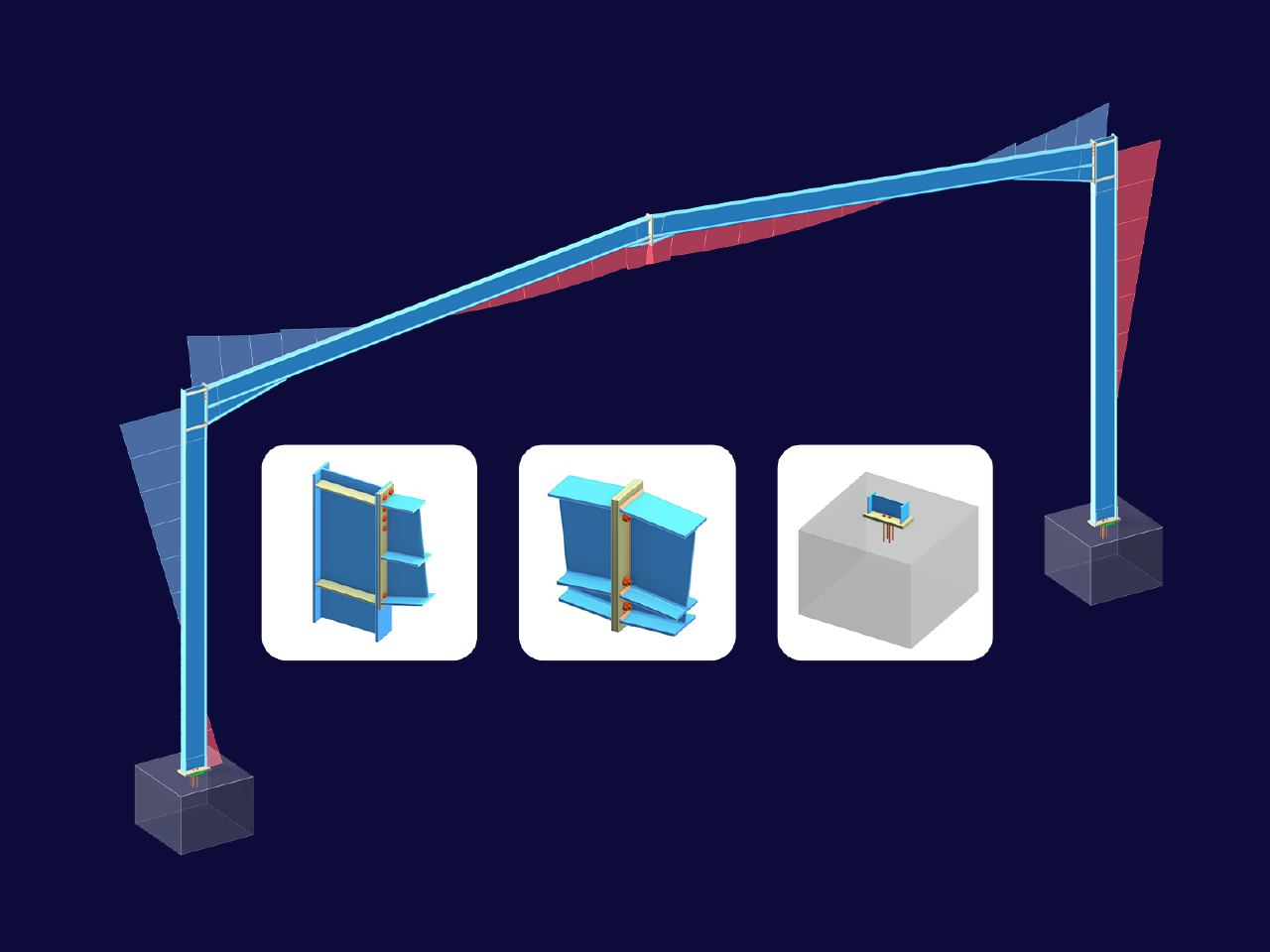

Webservice and API opens up a wide range of new possibilities for you. You can create your own desktop or web-based applications by controlling all objects included in RFEM 6 and RSTAB 9. By providing libraries and functions, you can develop your own design checks, effective modeling of parametric structures, as well as optimization and automation processes using the programming languages Python and C#. Does that sound exciting to you? Then find out more here!

In RFEM 6, there is a hierarchical control between load transfer surfaces and floors in the building model. This means that you can also create walls from load transfer surfaces to take into account curtain walls, for example.
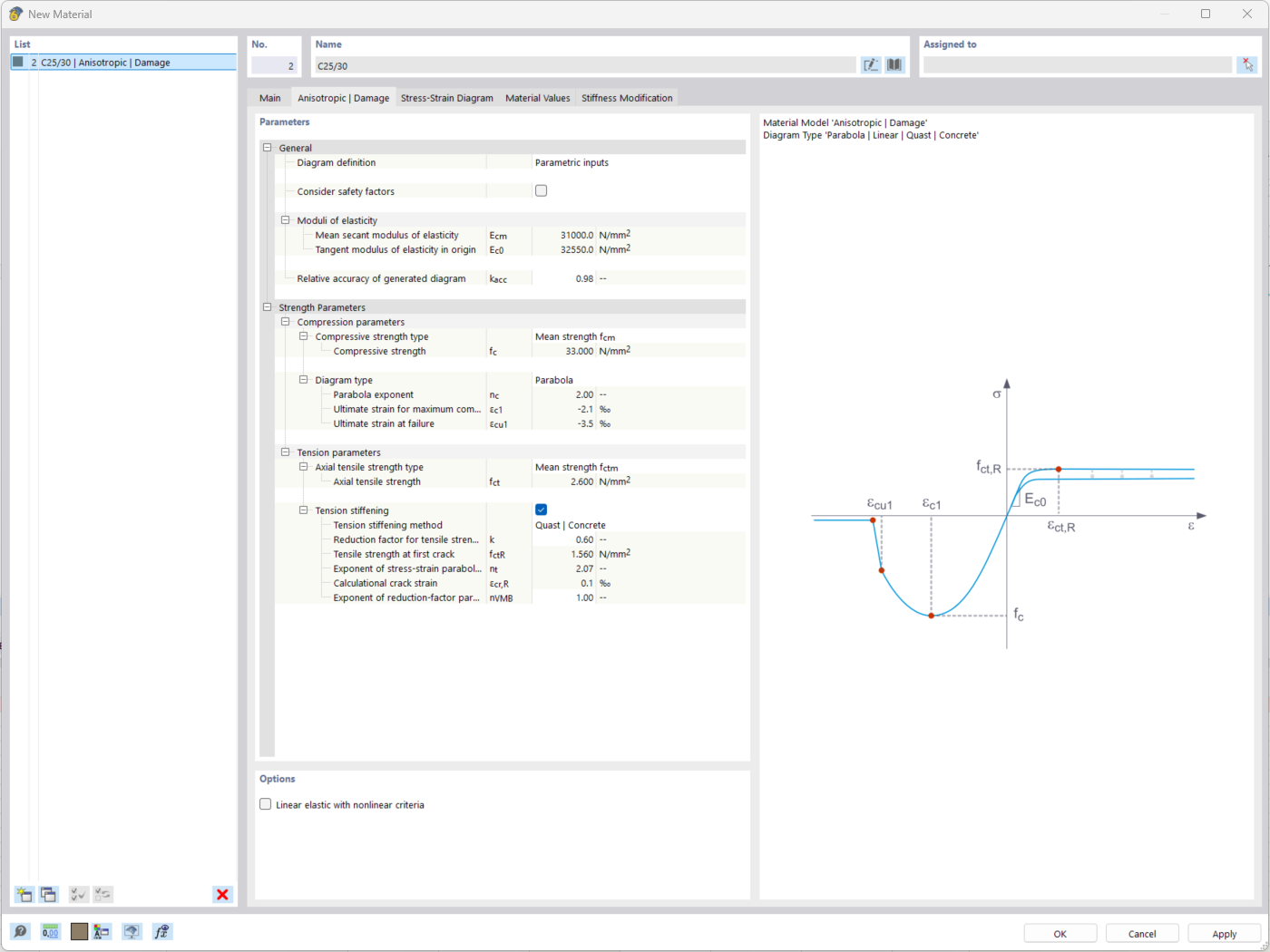
The "Nonlinear Material Behavior" add-on includes the Anistropic | Damage material model for concrete structural components. This material model allows you to consider concrete damage for members, surfaces, and solids.
You can define an individual stress-strain diagram via a table, use the parametric input to generate the stress-strain diagram, or use the predefined parameters from the standards. Furthermore, it is possible to consider the tension stiffening effect.
For the reinforcement, both nonlinear material models "Isotropic | Plastic (Members)" and "Isotropic | Nonlinear Elastic (Members)" are available.
It is possible to consider the long-term effects due to creep and shrinkage using the "Static Analysis | Creep & Shrinkage (Linear)" analysis type that has been recently released. Creep is taken into account by stretching the stress-strain diagram of the concrete using the factor (1+phi), and shrinkage is taken into account as the pre-strain of the concrete. More detailed time step analyses are possible using the "Time-Dependent Analysis (TDA)" add-on.
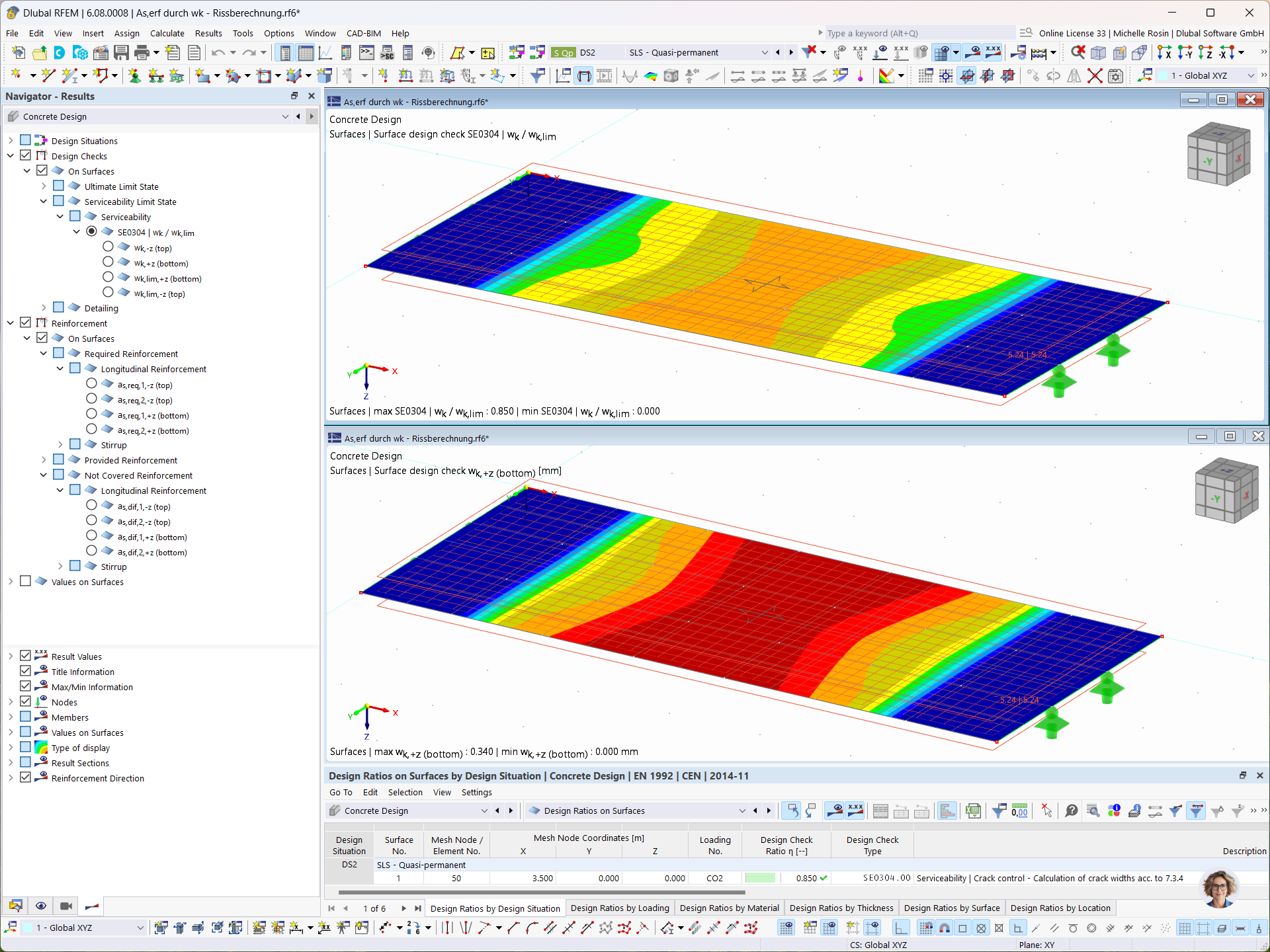
In the Concrete Design add-on, you can determine the required longitudinal reinforcement for the direct crack width analysis (w k).
Why is the effective depth different with the effective depth used in shear checks?
In the Steel Joints add-on, I get high utilization ratios for preloaded bolts in the tension design. Where do these high utilization ratios come from and how can I evaluate the load-bearing reserves of the bolt?
How can I check the determination of the required reinforcement?
How can treating a connection as fully rigid result in an uneconomical design?
Is it possible to consider shear panels and rotational restraints in the global calculation?
How can I determine the sufficient total simulation time for an accurate transient wind analysis in RWIND?

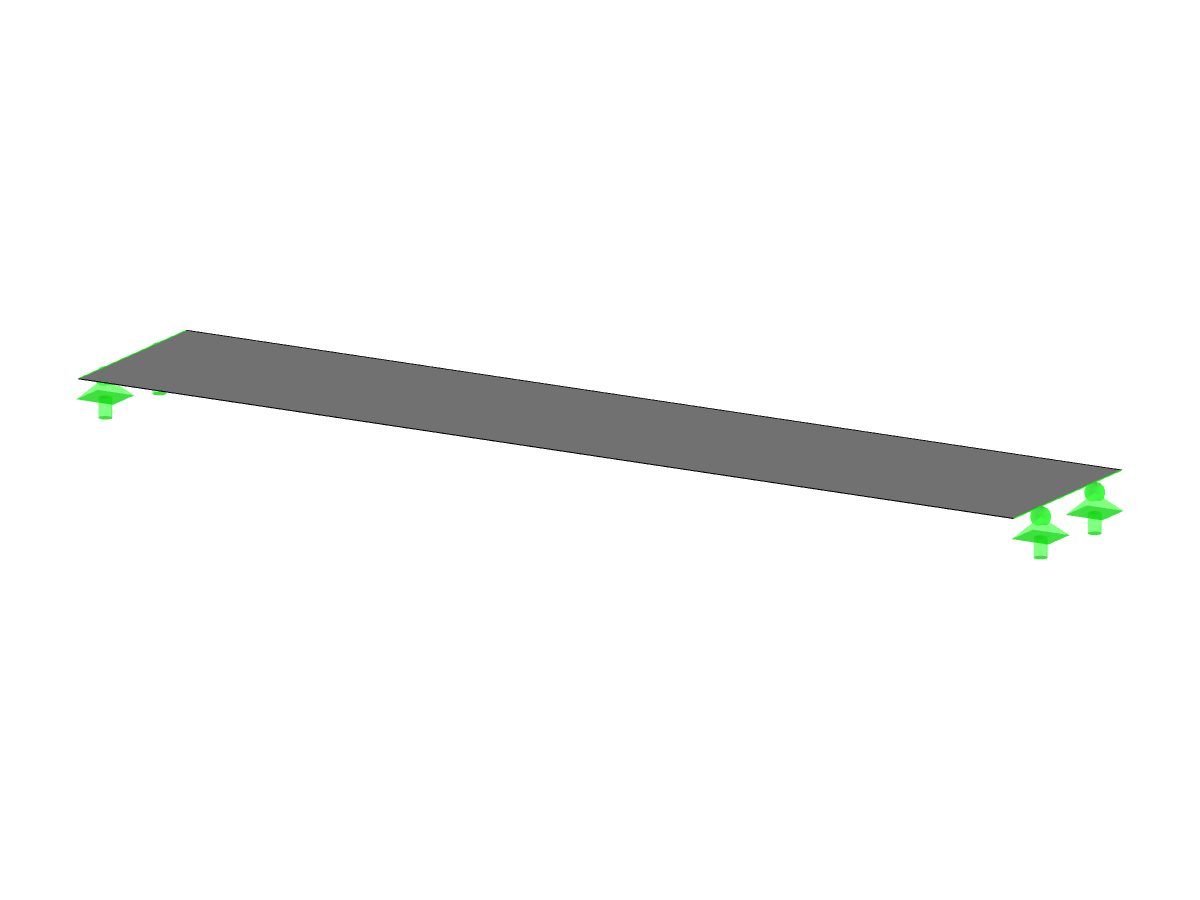
















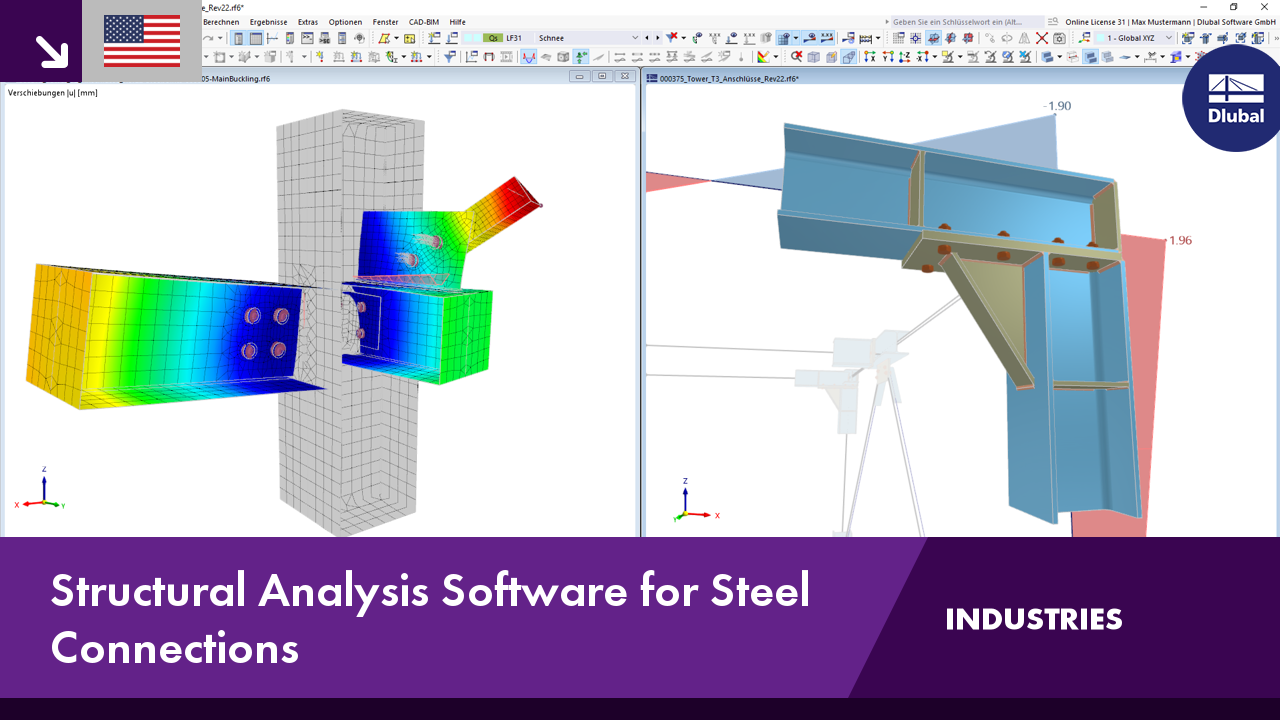.png?mw=350&hash=c6c25b135ffd26af9cd48d77813d2ba5853f936c)

























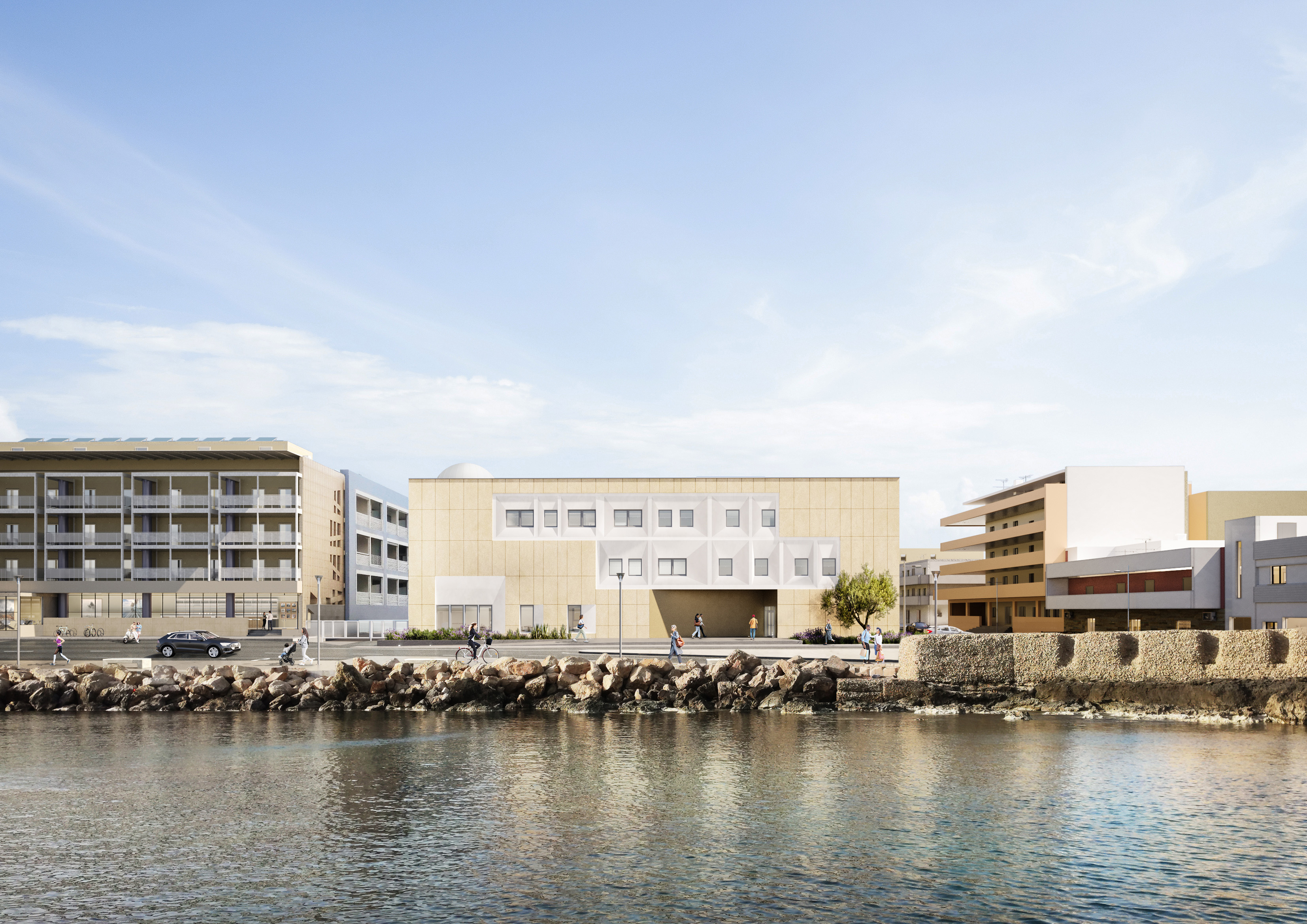_1.jpg?mw=350&hash=ab2086621f4e50c8c8fb8f3c211a22bc246e0552)



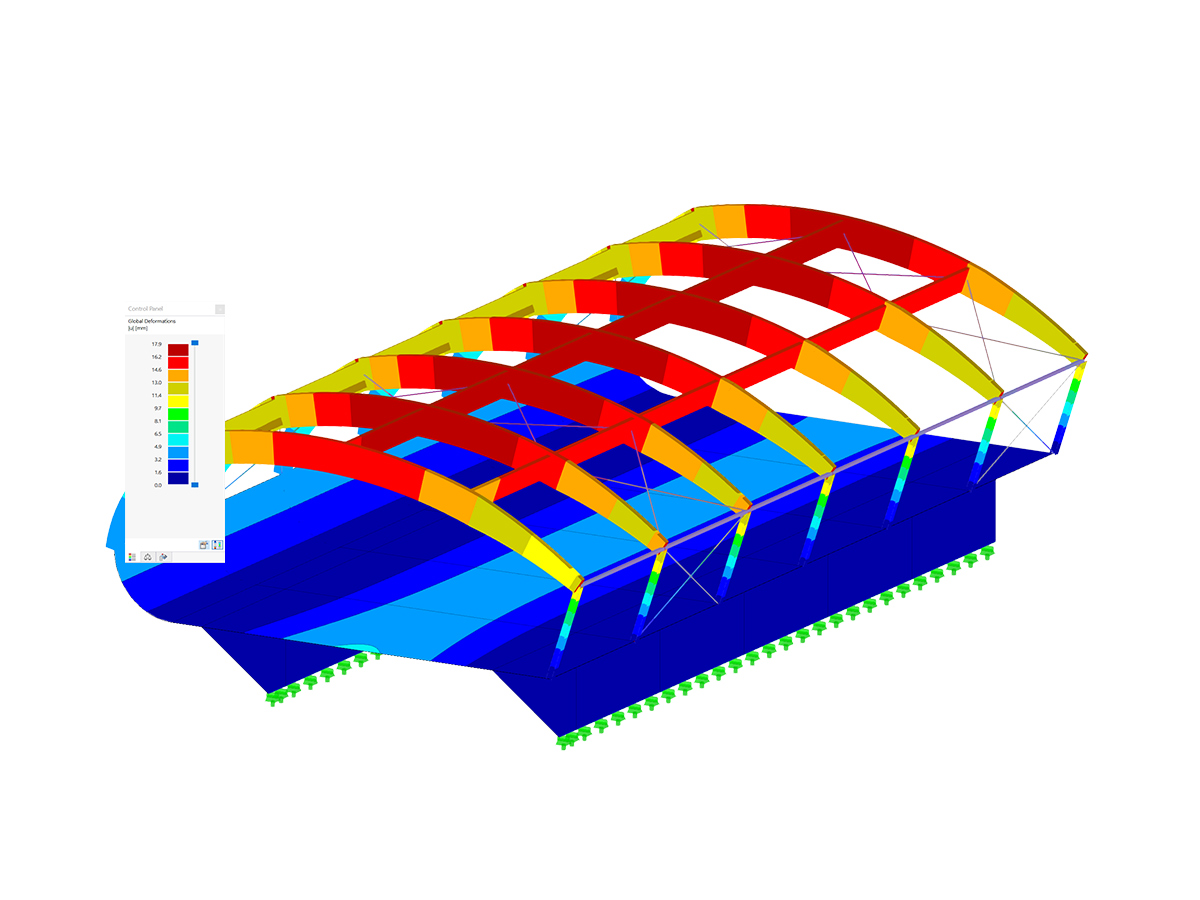
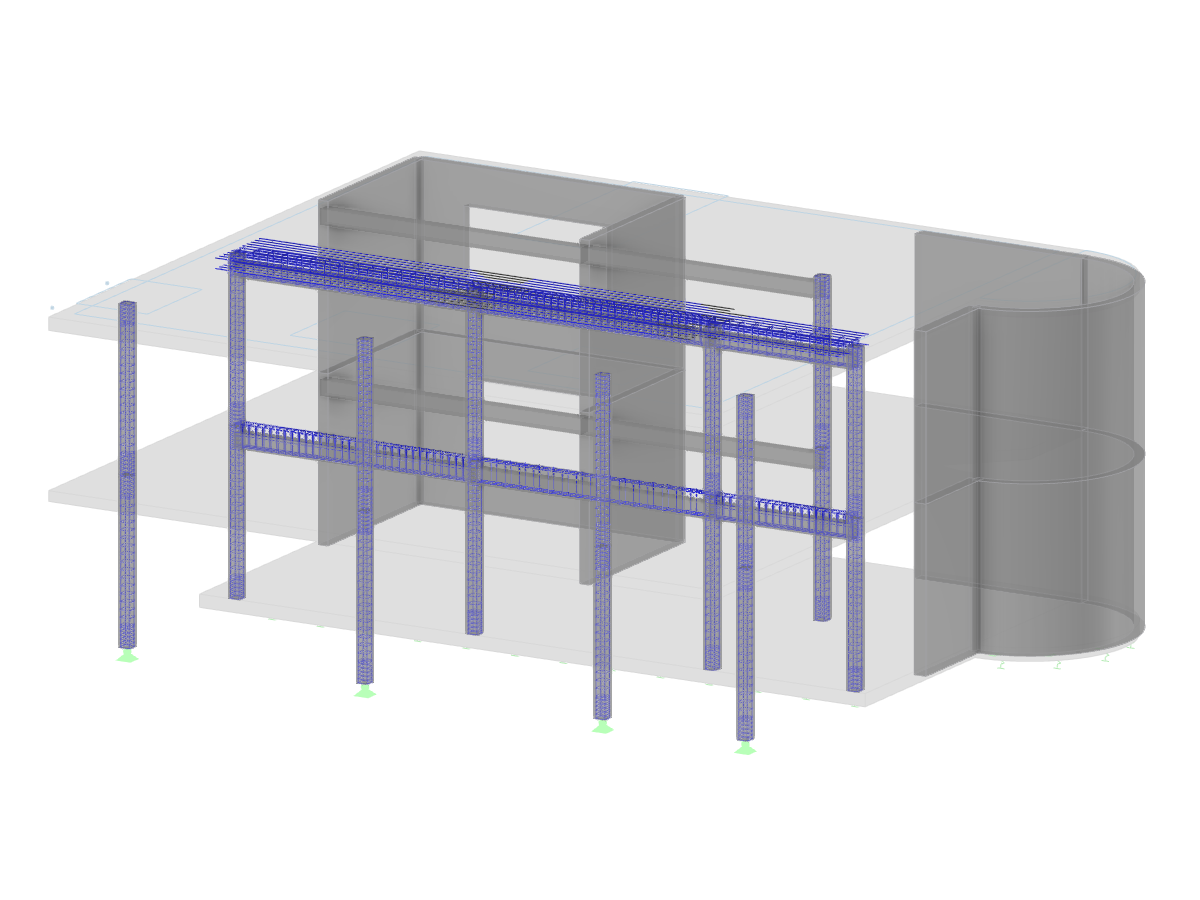
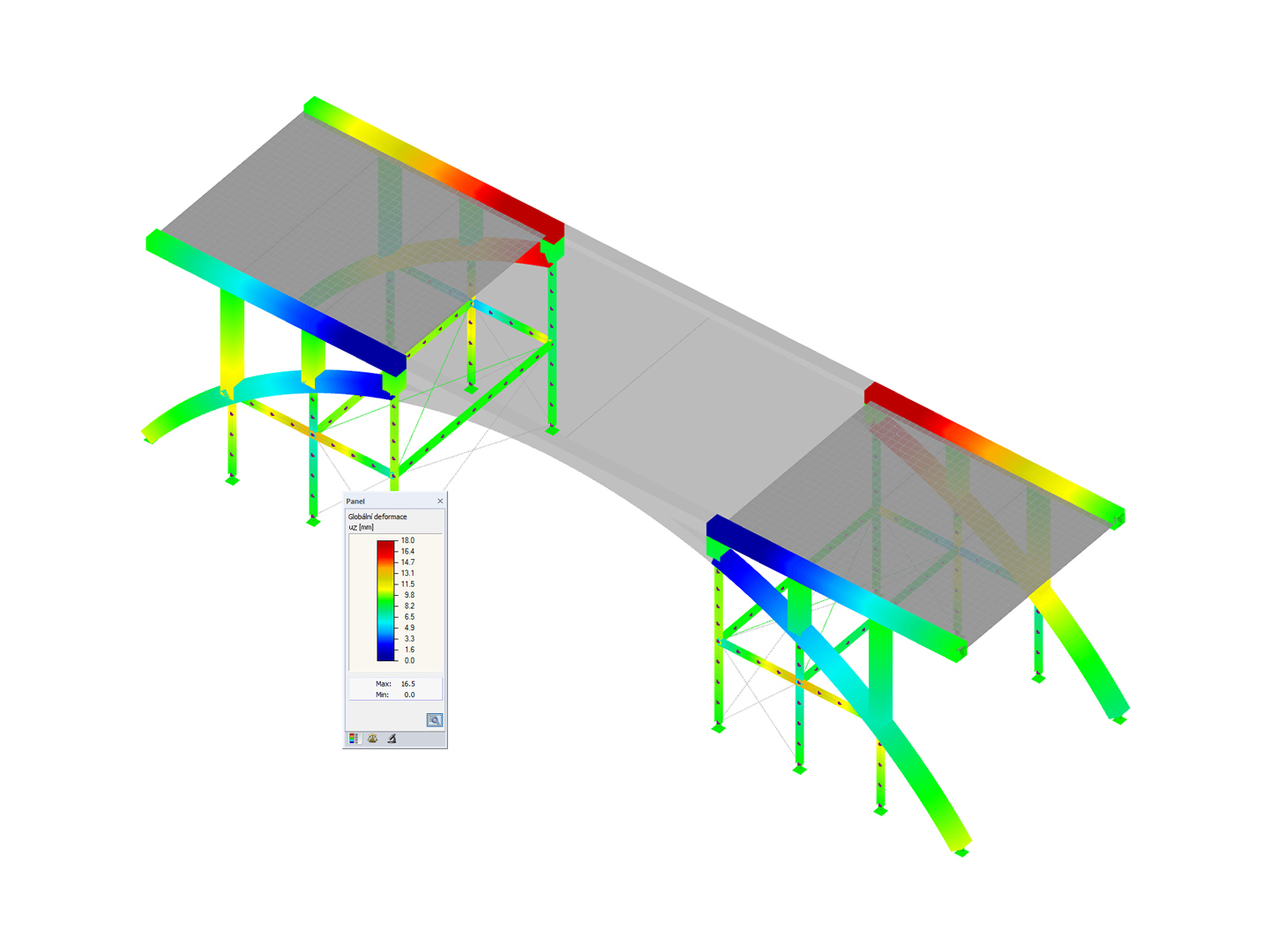
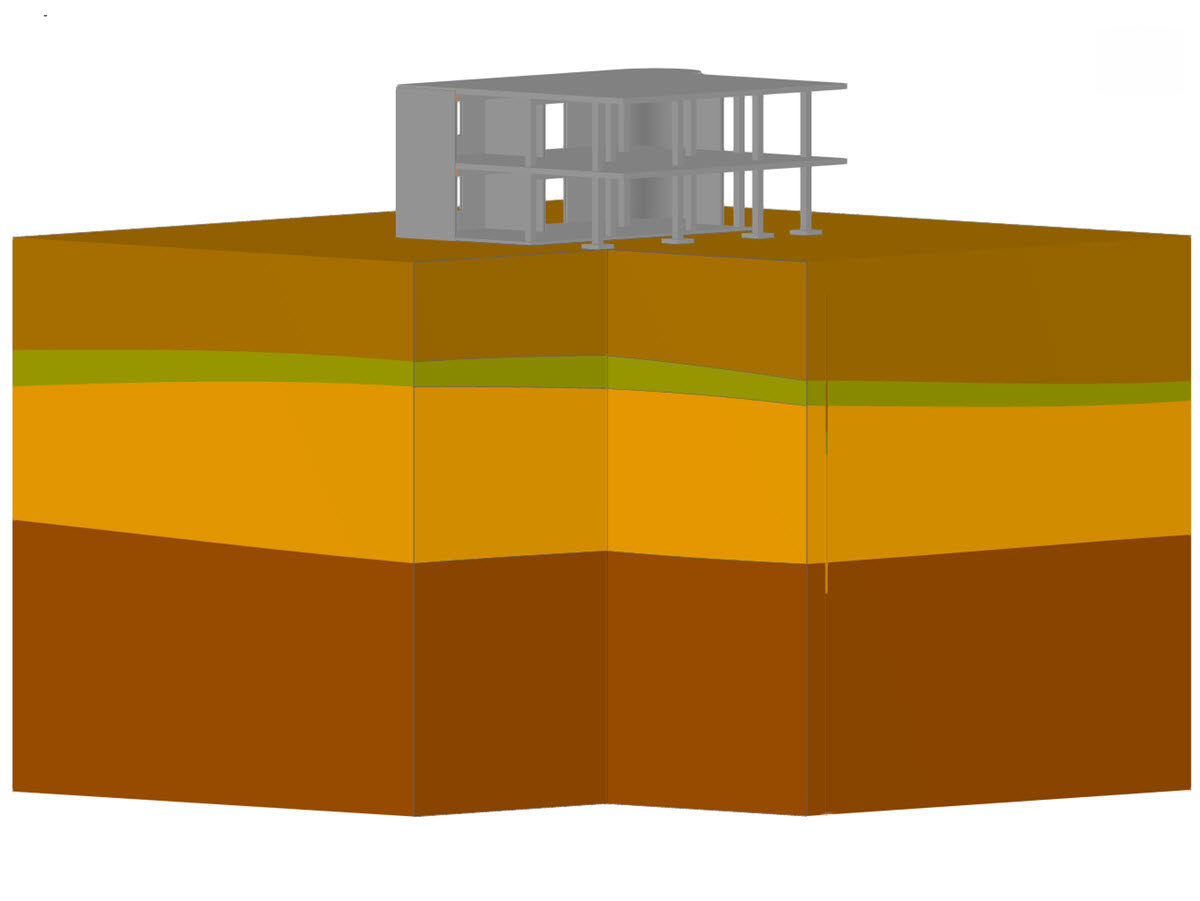
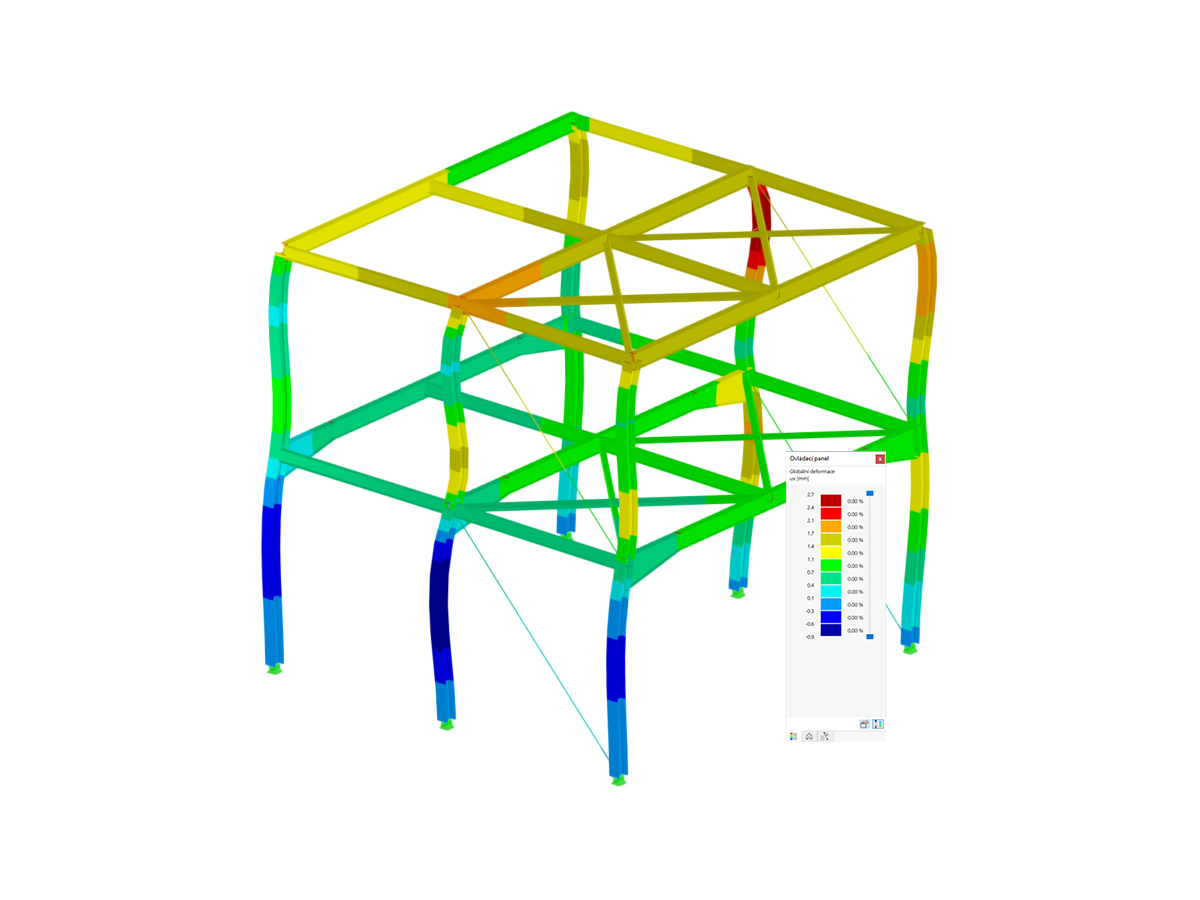

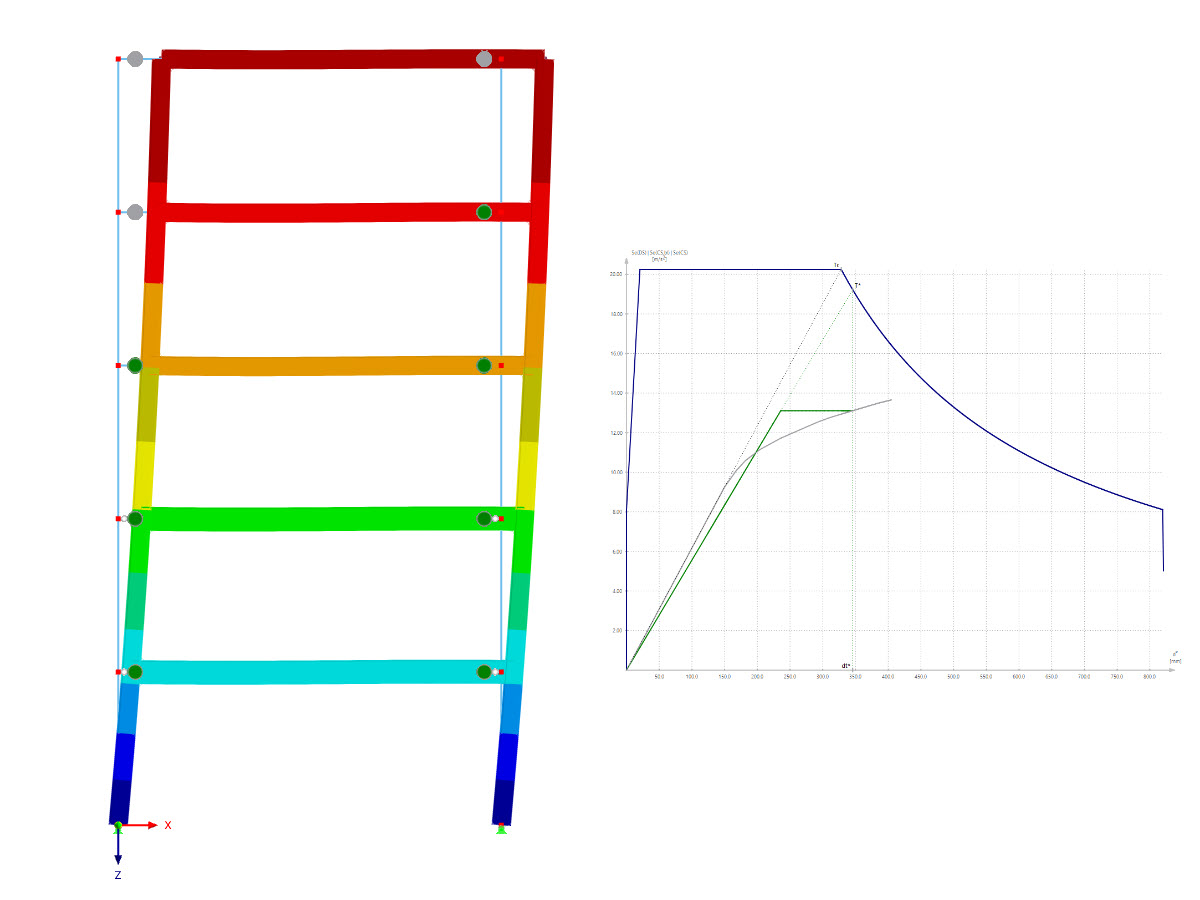

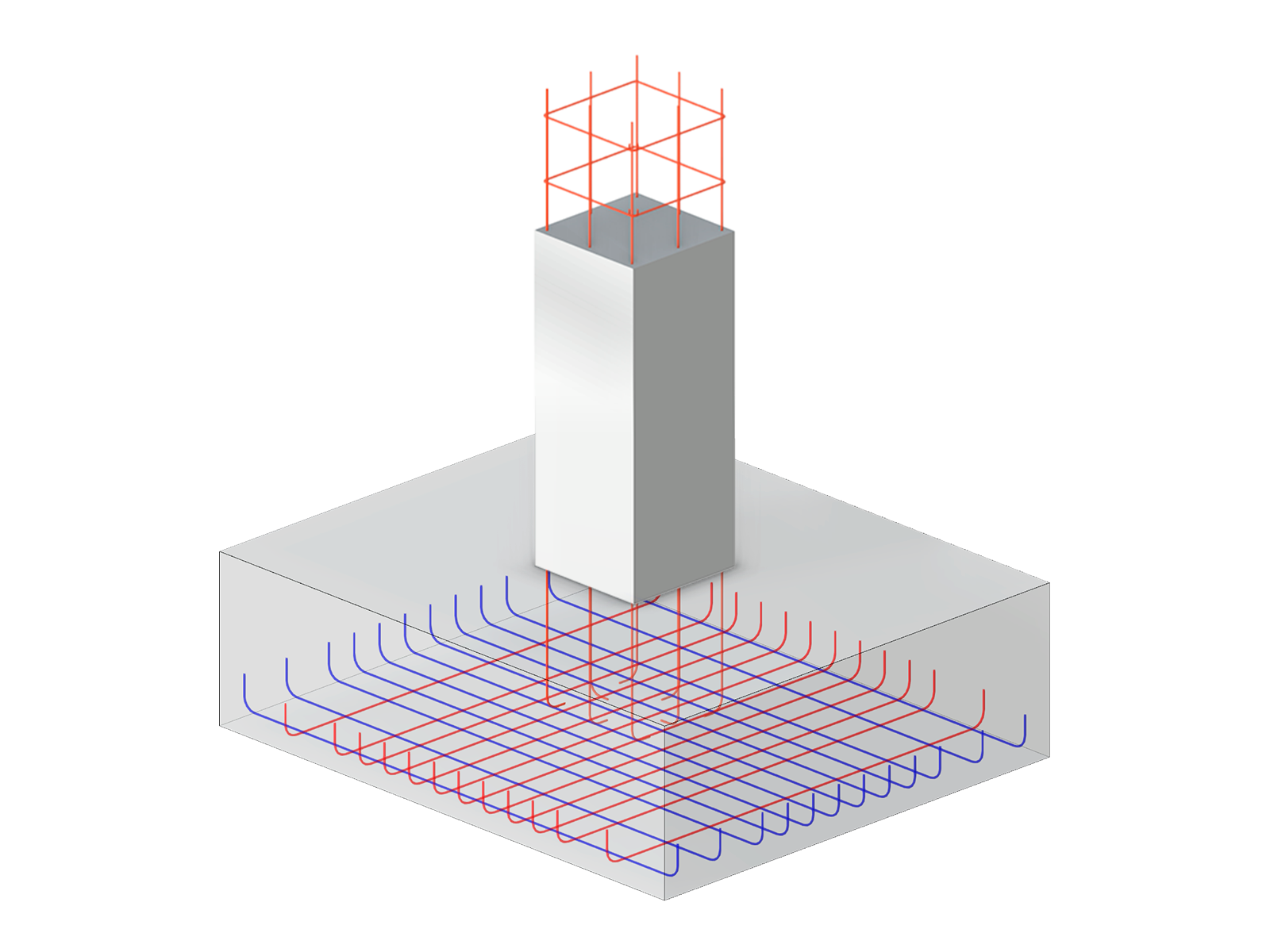
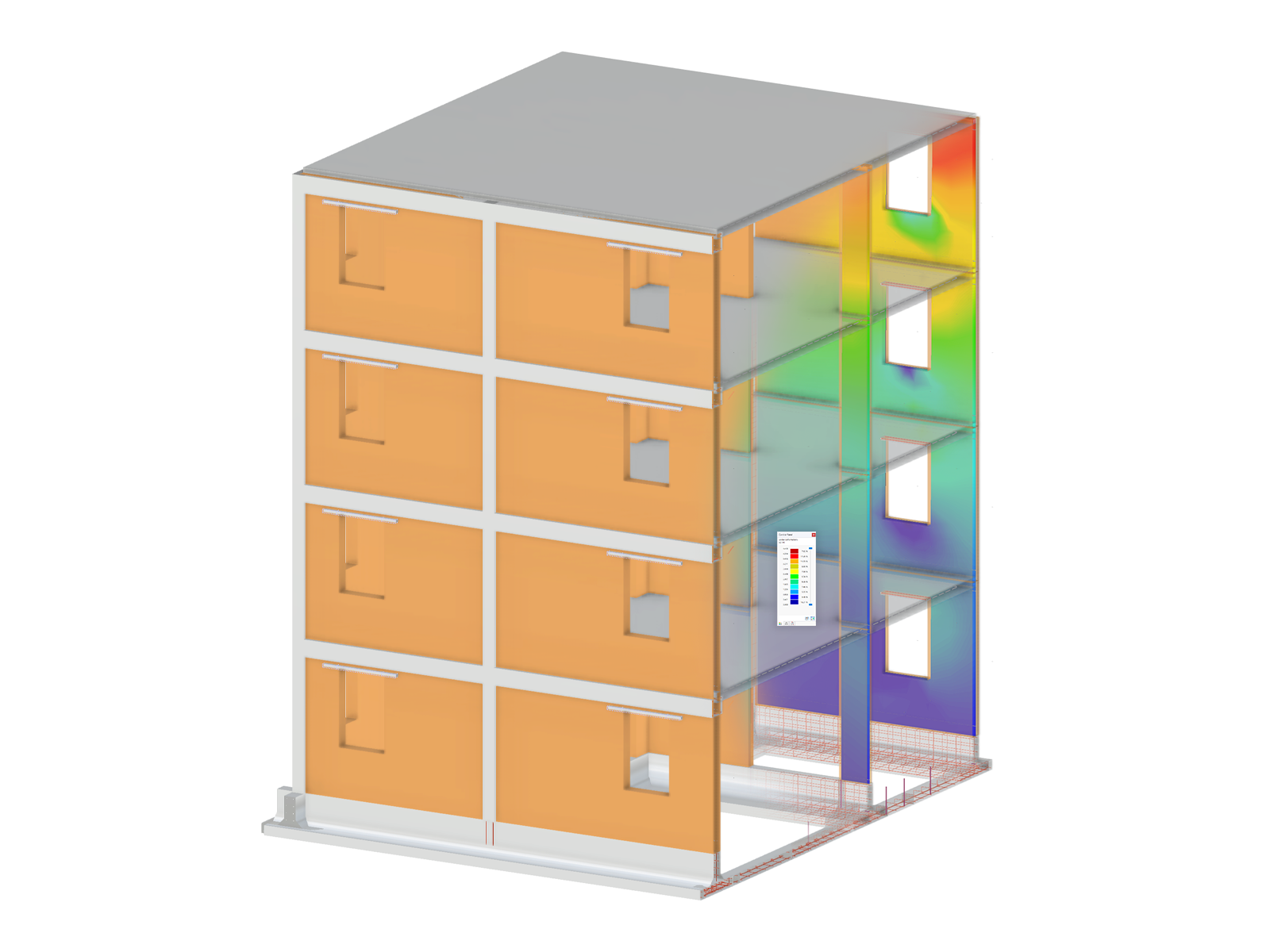
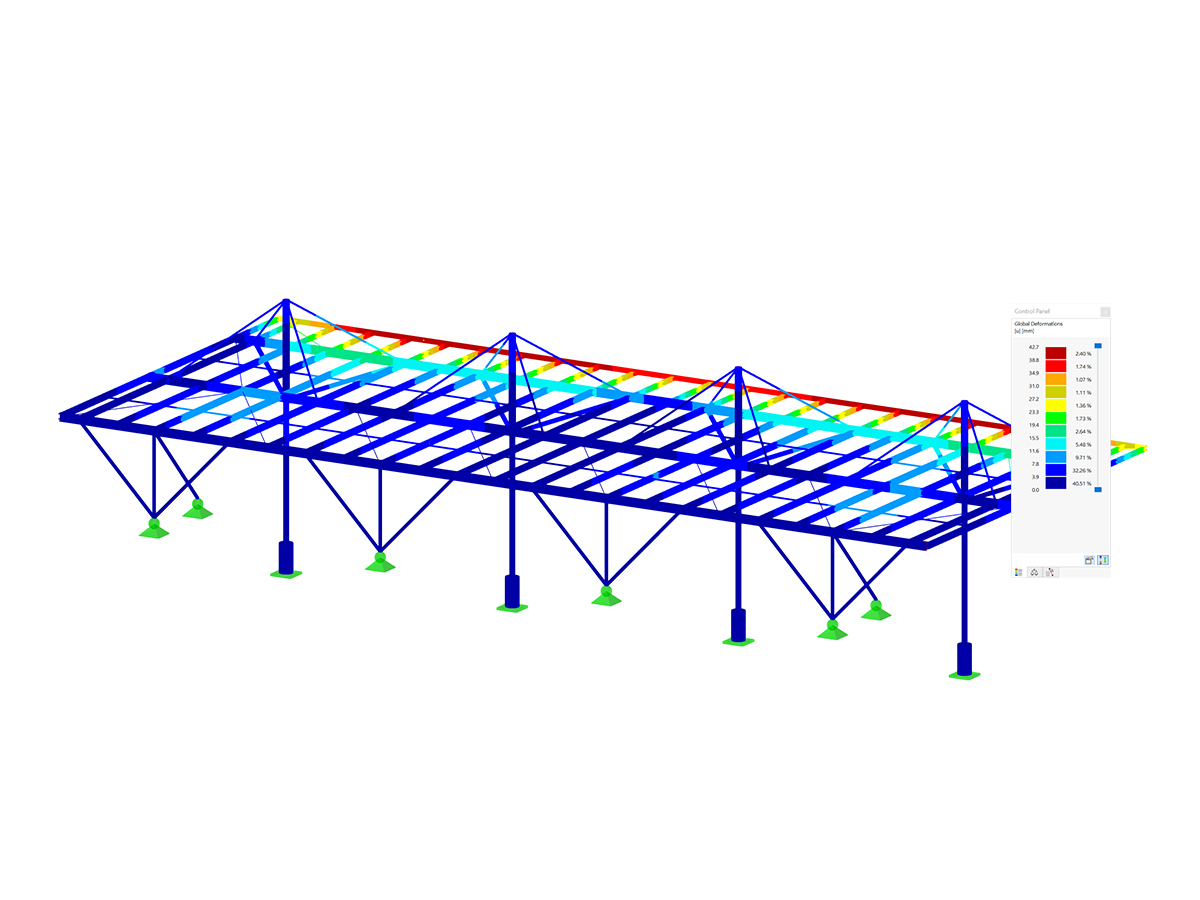
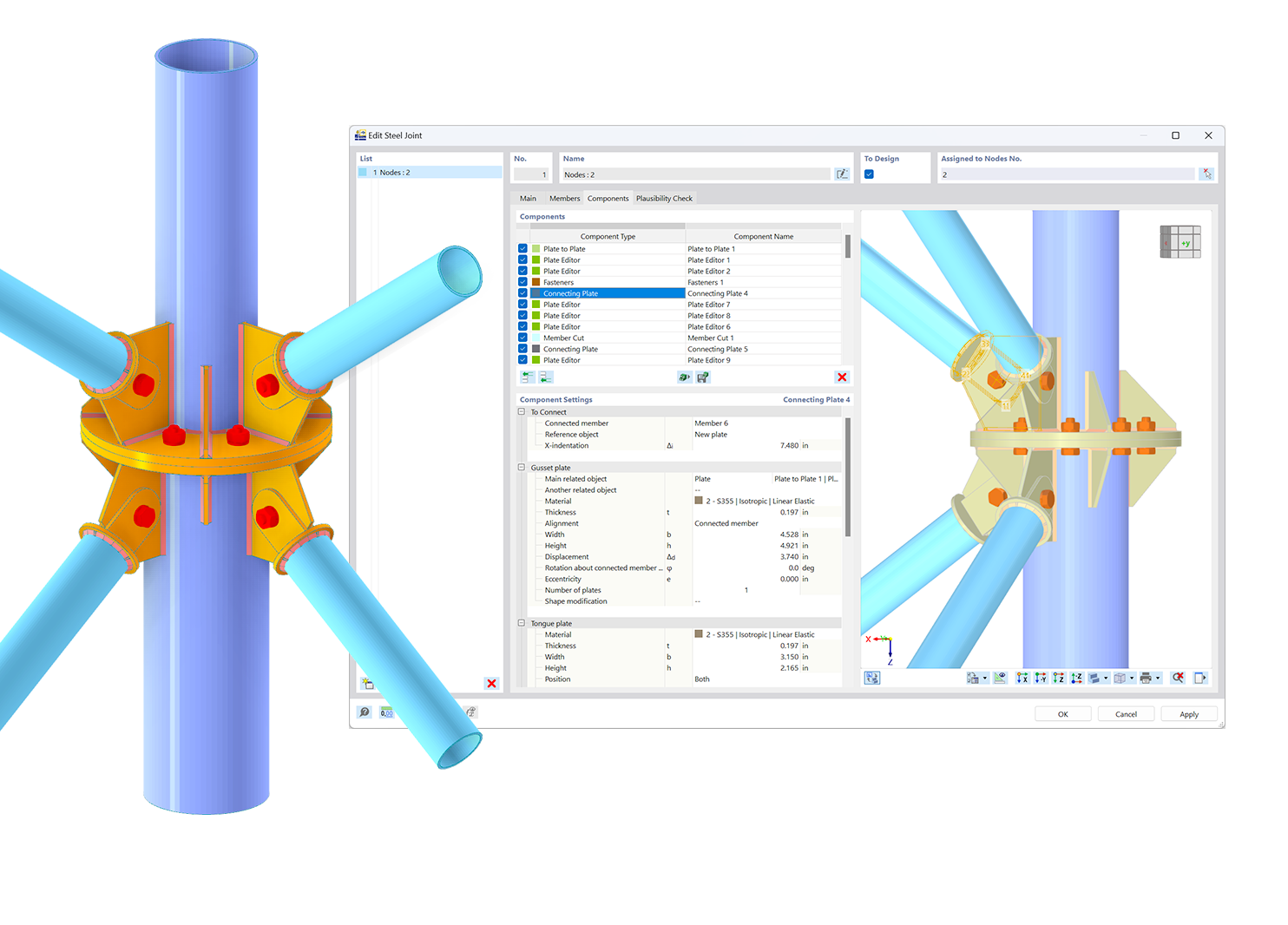.png?mw=600&hash=49b6a289915d28aa461360f7308b092631b1446e)
